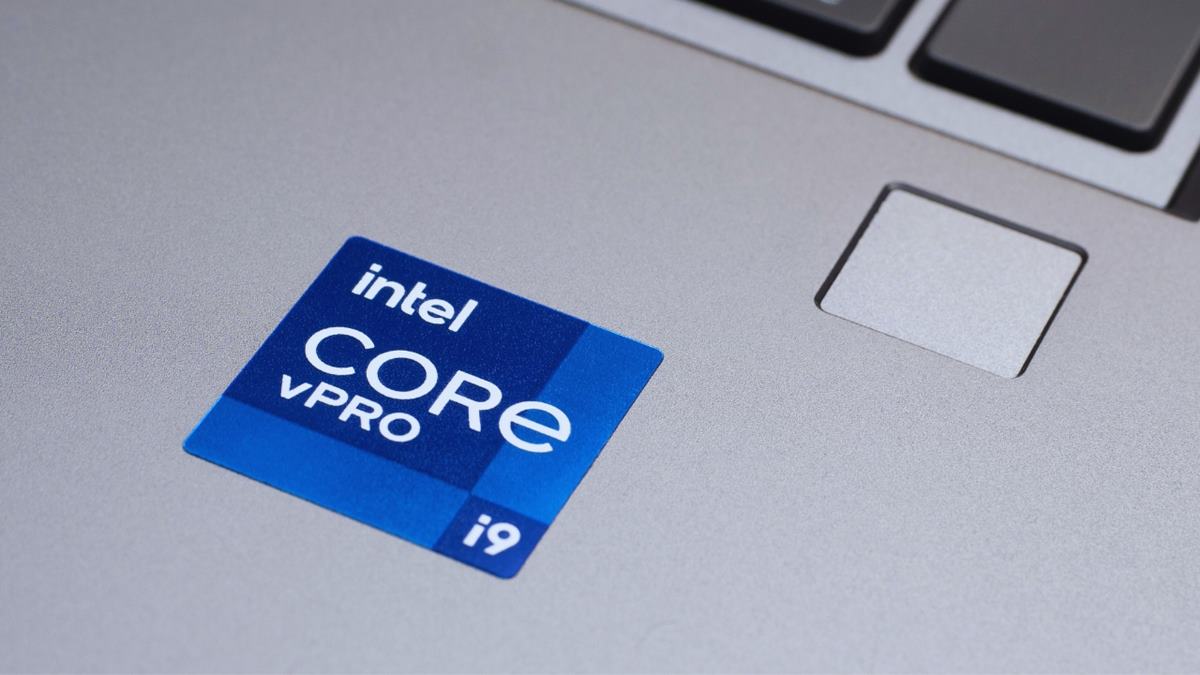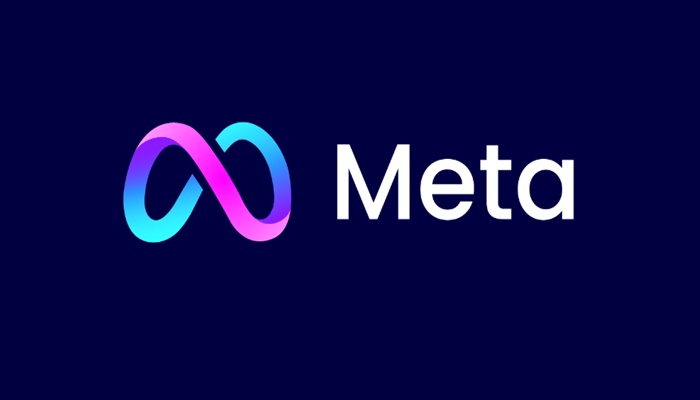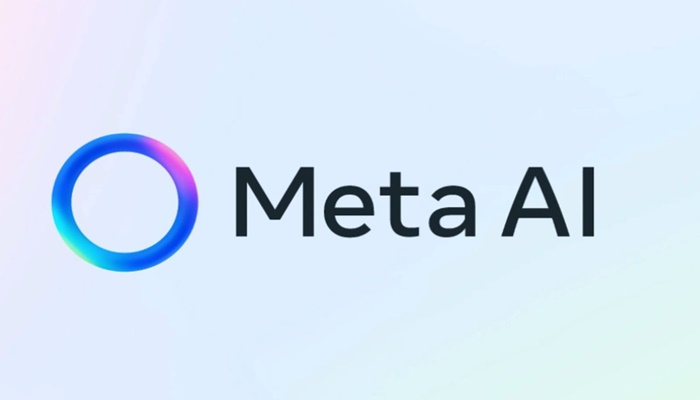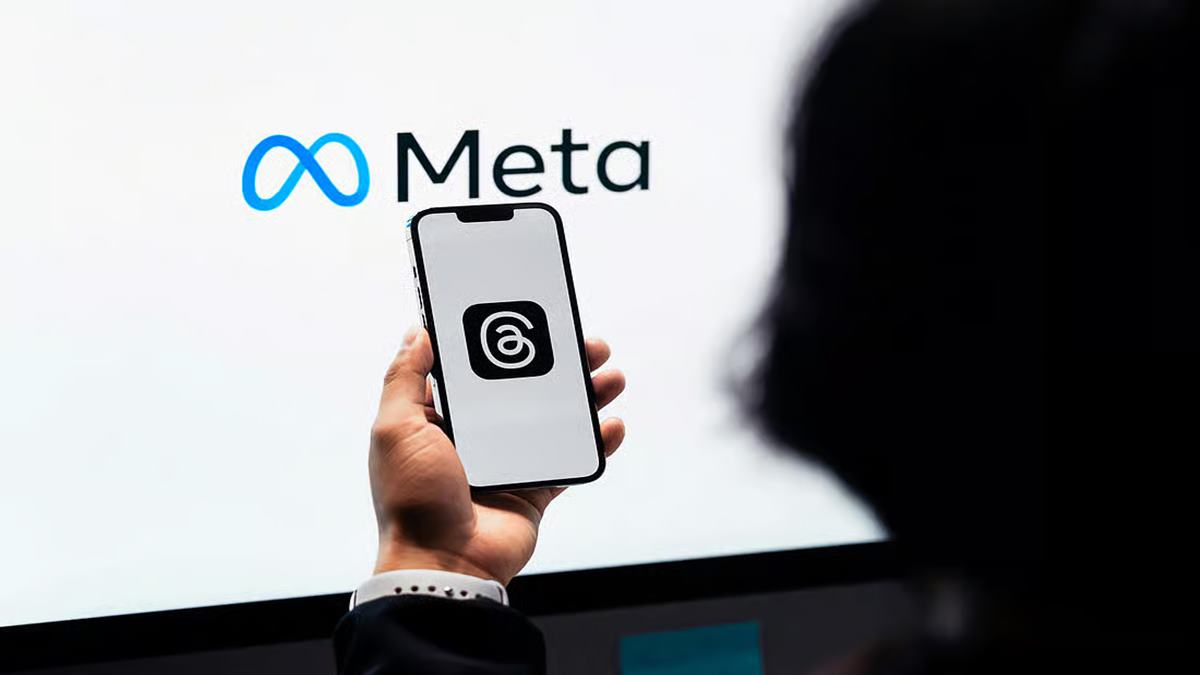Employee retention has been challenging this year. Gallup reported that over half (52%) of employees are “watching for or actively seeking” a new job. Talent is on the move, and high-performing individuals expect to be wooed by employers.
These heightened talent war indicators put retention strategies in the limelight. Perks are no longer optional “extras” in contract negotiations. Nor are they about extravagance. They’re key hiring tools that often boil down to practical effect and impact per dollar.
If you want to retain your top performers heading into 2026, you need to integrate affordable, meaningful perks into your talent acquisition and retention strategy that improve engagement, increase satisfaction, and foster a positive employer perception for your brand.
Why Perks Matter Now More Than Ever
In 2024, SHRM reported that 83% of HR professionals were already finding it difficult to source quality candidates. Other data, like the Gallup research cited above, show employees are aware that their loyalty can be won over, and they’re ready to move on if employers don’t do enough to make that happen.
This makes holding on to existing workers a priority. And yet, Gallup also reports that a staggering 42% of employee turnover is preventable. What makes a voluntary exit “preventable”?
For one thing, the ex-employees themselves report that their managers or organizations “could have done something to prevent them from leaving their job.” Nearly half of employees (45%) also claimed neither a manager nor another leader talked to them about performance, job satisfaction, or their future within three months of leaving a company.
In other words, employers aren’t taking the necessary steps to keep their workers in-house over time. They need to think holistically and with more creativity. Salaries, benefit packages, and performance reviews can help, but they’re expected. Employers need to rethink how they offer what have traditionally been called “perks,” too.
The Shift Toward Practical, Everyday Perks
In the past, the concept of a “perk” was associated with things like priority parking spaces and luxury gym memberships. In a post-pandemic world where costs are always increasing and many work from home (where home gyms are common and office parking spaces hold no value), an important evolution is taking place with the concept of the “perk.”
Perks are quickly becoming practical, everyday elements of a compensation package. They often focus on cost-saving tools, offer community-driven benefits, or address cost-of-living concerns.
For instance, employee benefits platform Working Advantage has its Dining and Local Deals program. This equips employees with discounts they can use for affordable experiences at local restaurants. This blends savings, connection, and convenience, even in a remote-first world.
Another example is VTO. Paid time off (PTO) is a given. But volunteer time off (VTO)? That’s a way to show an employee that you are committed to their causes and desires to have an impact. Double the Donation points out that corporate volunteerism (i.e., corporate paid time for employees to volunteer) is a new and exciting way to engage workers and make them feel valued.
Benefits that focus on everyday life are more than a fun flourish to top off a compensation package. Purposeful perks have become a conscious factor in talent acquisition and retention.
Taking Perks Seriously as Retention Tools
TriNet’s 2025 State of Small Business Employee Benefits report found nearly three out of four employees at least moderately prioritized personalization as an important factor across all aspects of their benefits experience. Workers take perks seriously, especially when they have a strong per-dollar impact on their lives, and they want to see the value that a perk gives them directly.
So, here are your next steps:
- Review your benefits package. What perks do you currently offer? Are they practical? Are they personalized?
- Gauge what kind of perks resonate with your workforce. Ask questions. Do your team members want local dining options? Is VTO a priority? What else makes them feel seen and valued?
- Look for platforms to support high-value perks. These should be forward-thinking platforms that offer scalable, easy-to-administer features.
- Implement with confidence. Look for ways to work your perks into new compensation packages. Roll them out for existing employees, too, using consistent communication to ensure awareness and usage.
Perks are about more than recruiting. They help build culture and concepts of belonging and appreciation. Look at your perks as an investment in the everyday value of your employees. They are part of building more loyal, satisfied teams that are more likely to stick around and help your organization grow over time.




















